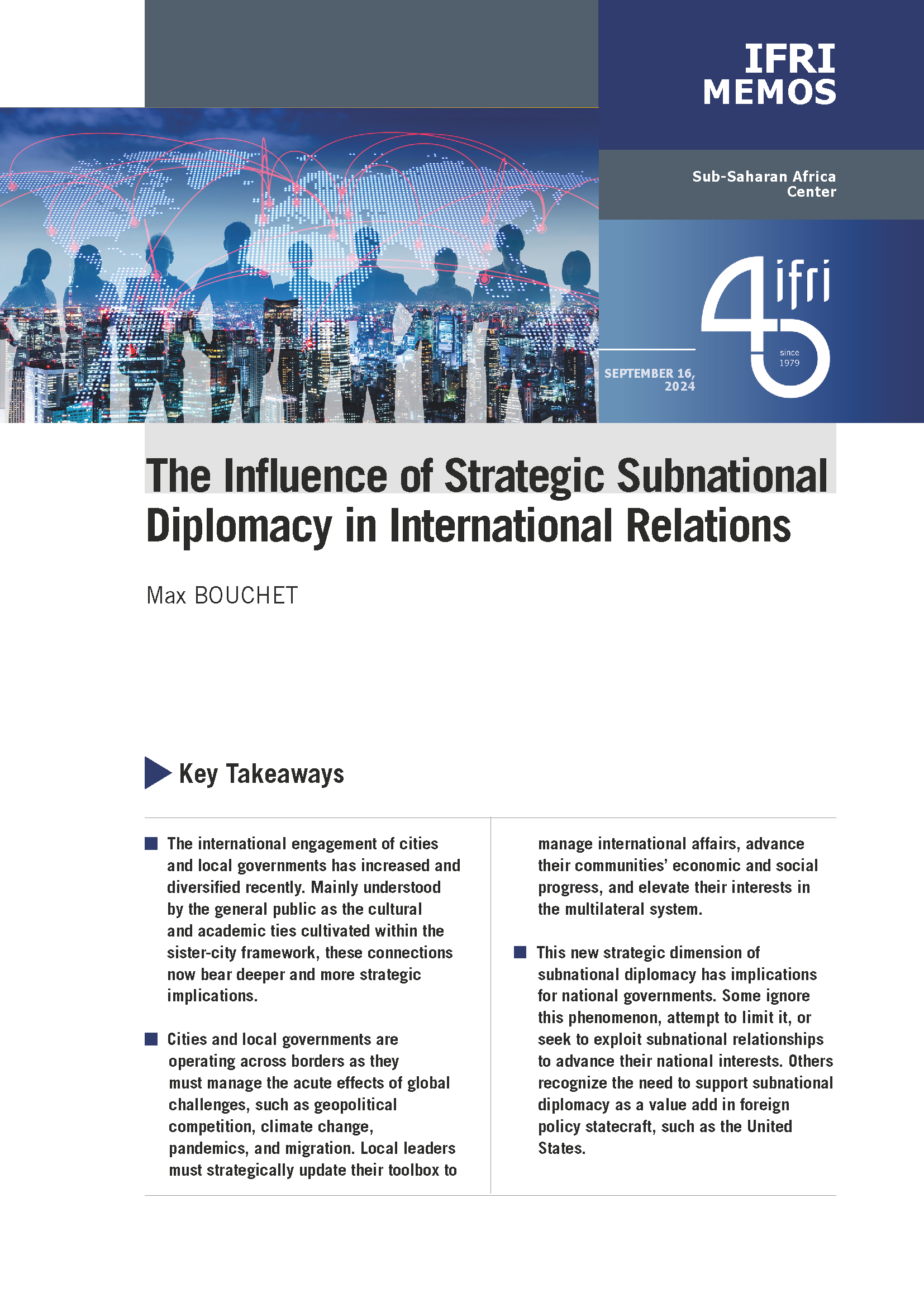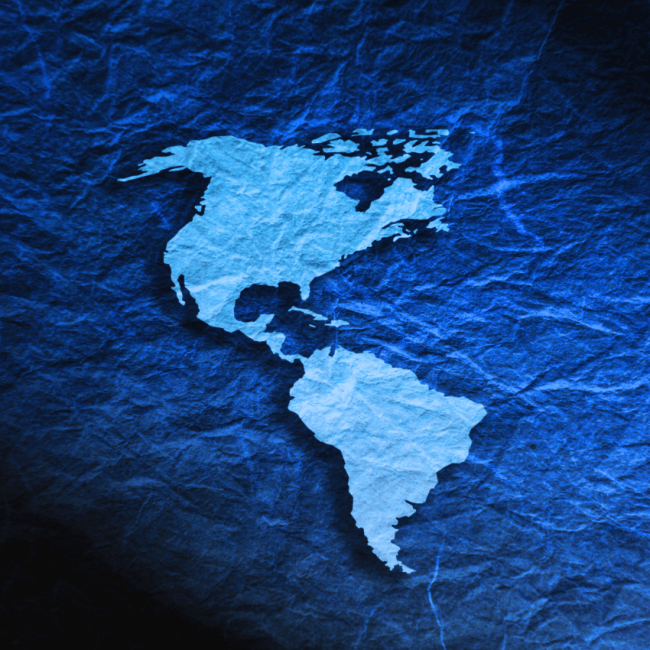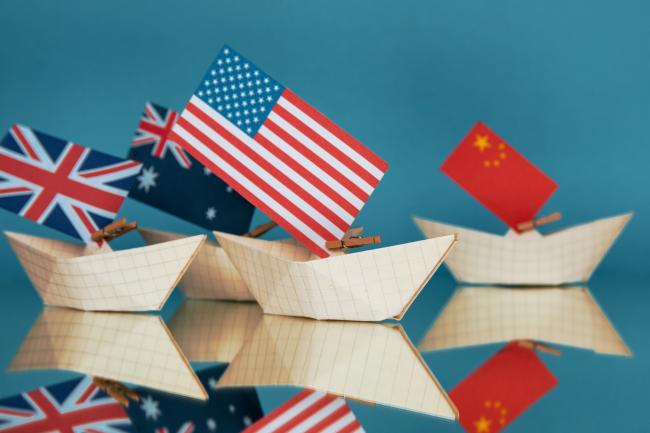Best friends, eh? The Arctic, Keystone XL and the Canada-United States Relationship in 2015
Canada and the United States enjoy one of the most fruitful relationship in the world. Yet, several points of contention have appeared in recent years over the Northwest Passage and, more importantly, the Keystone XL pipelines. Such disagreements must be analyzed in order to fully grasp the state of the bilateral relationship in 2015.

On June 22nd 2015, the leader of the Liberal Party of Canada, Justin Trudeau, attacked Prime Minister Stephen Harper on the state of Canada-United States relations: “I think a huge load of responsibility is in how this government has engaged, or refused to engage, with the Americans. And the tone of belligerence and high partisanship, of telling the Americans what they are going to do, and not taking ‘No’ for an answer, has been a large generator of the challenges that we have actually faced over the past years with the Canada-U.S. relationship.” From this comment, it would appear that since 2006 Stephen Harper has damaged this relationship through an aggressive and unilateral policy. Given the well-known and ancient friendship between the two countries, the statement may seem to be an exaggeration. There are points of divergence, however, that need to be overcome. In order to do so, the imbalance between the two countries in terms of population, economic weight and international role must be acknowledged, as it causes most issues to be of greater importance for Canada than for the U.S.
A very old relationship
The history of Canada-U.S. cooperation spans over two centuries. Today, they enjoy the closest relationship between any two neighboring countries in the world. As Vice-President Joe Biden stated during a visit in Vancouver on July 5th 2015, “Canada is the most reliably certain and consequential ally we have. […] You’re not supposed to say that, but Canada is an incredible, incredible ally.” The countries share the longest undefended border in the world and enjoy a stunning level of cultural proximity.
Since the end of the War of 1812, when the U.S. tried to invade British Canada in the context of the Napoleonic Wars and trade blockade, relations have been peaceful, and both countries’ economies have become increasingly integrated. After a failed attempt to establish free trade in 1919, economic integration was bolstered by the Second World War. Canada and the U.S. have engaged in free trade since the 1988 Free Trade Agreement (FTA), followed by NAFTA in 1994. Today, the U.S., Canada and Mexico constitute a 470-million-people, $20-trillion-worth trade bloc. The unevenness between the U.S. and Canadian economies is quite visible in terms of trade. According to the Fraser Institute’s report, Canada’s exports to the U.S. in 2012 amounted for 278.09 billion CA$ (out of 380.06 in total, roughly 73% of Canada’s overall exports). Imports from the U.S. have amounted for 243.60 billion CA$ (out of 389.93, or 62.5% of total imports). During the same period, Canada accounted for 19.4% of American exports and 14.4% of its imports. An estimated 400,000 people cross the border every day, as does approximately $1 billion in trade.
Both countries are also engaged in military collaboration since the Second World War, on a bilateral (North American Aerospace Defense Command, or NORAD) as well as multilateral (NATO) basis. They currently collaborate on weapon development such as the F-35 stealth multirole fighter. The two neighbors are part of the G7-G8 group, and share the same positions on an array of issues, such as the Ukrainian crisis, the fight against the Islamic State, and the Iranian nuclear deal.
Seen from the outside, collaboration between the two countries seems to have been incredibly close and fruitful. But some points of divergence have also existed through time, and should not be forgotten, notably different stances on the Vietnam and Iraq Wars, different treatments of Cuba, and some frictions over several territorial claims (notably the Northwest Passage: see below). Trade has also faced some drawbacks, such as the Nixon Shock of 1971 that imposed a 10% tariff on imports, frightening the Canadian government and prompting efforts to diversify its exports. Since 2006 and PM Stephen Harper’s arrival to power, several issues have appeared between the two allies.
To keep reading this Editorial, please download the file below.

Also available in:
Regions and themes
ISBN / ISSN
Share
Download the full analysis
This page contains only a summary of our work. If you would like to have access to all the information from our research on the subject, you can download the full version in PDF format.
Best friends, eh? The Arctic, Keystone XL and the Canada-United States Relationship in 2015
Related centers and programs
Discover our other research centers and programsFind out more
Discover all our analysesAUKUS Rocks the Boat in the Indo-Pacific, And It’s Not Good News
For anyone who still harbored doubts, Washington made crystal clear from the announcement of the new trilateral alliance with Australia and the UK (AUKUS) that countering China is its number one priority, and that it will do whatever it takes to succeed. Much has been said about the consequences of AUKUS on the French-US relations, but the strategic implications for the Indo-Pacific nations (including France), and for China especially, are also critical to consider.
Washington-Téhéran : l'élection de Joe Biden change-t-elle la donne ?
The recent assassination of Mohsen Fakhrizadeh, the father of Iran's nuclear program, echoes that of Qassem Soleimani in January 2020 and illustrates the policy of "maximum pressure" which has prevailed these past four years. In this context, Joe Biden's election gives rise to high expectations for the appeasement of U.S.-Iran relations.
L’inégalité du Collège électoral aux États-Unis : comment réparer la démocratie américaine ?
Since the start of the 21st century, the flaws of the Electoral College, which completes the election process of the president of the United States by indirect universal suffrage, are the target of stronger than ever criticism.
Trade Wars: A French Perspective
The Section 232 tariffs on steel and aluminum announced by the United States in March would, if applied, have little direct impact on the French economy, but rather point toward a broader trend of protectionism and economic nationalism and a widening gap in transatlantic relations that is likely to have far-reaching implications for France.










